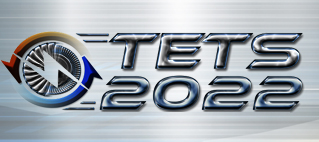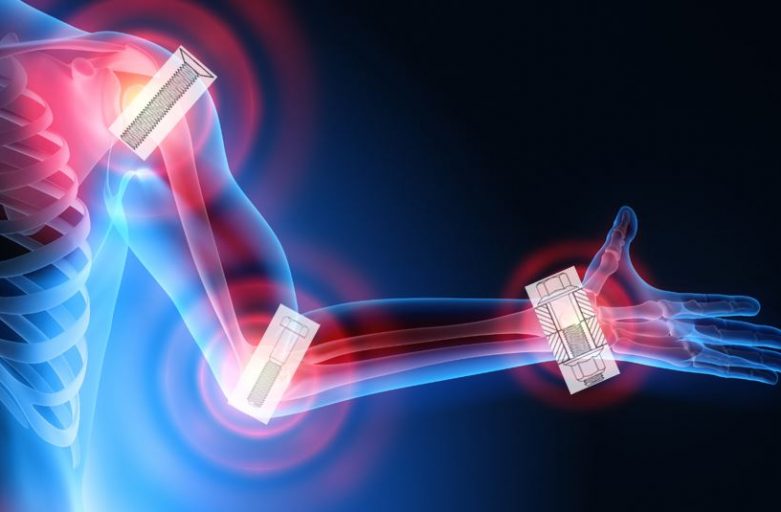The Challenge
As a result of new FAA requirements our customer was presented with a challenging requirement to provide fault isolation on a rotating machine on a commercial aircraft. A clutch or disconnect mechanism was required, but as minimal space was available an innovative new approach for disconnecting a high-speed shaft was needed. Given the limited amount of time available the customer reached out to Ingenium.
The Solution
Ingenium put together a team to create concept designs for over 30 potential mechanisms and performed a trade study to select an optimal solution based on multiple figures of merit including size, cost, development risk, and performance.
The team, comprising design engineers, analysts, metallurgists, electrical engineers, manufacturing engineers, dynamics experts, and project engineers generated a detailed design of the chosen concept including a structural analysis and ANSYS non-linear transient analysis. Following review with the customer the team proceeded to produce models, drawings, tolerance stack-ups, detailed structural and thermal analysis, materials, and process specifications for the design, including the innovative trigger mechanism.
Using our rapid prototyping capabilities Ingenium quickly manufactured and assembled prototype test units, delivering test units ahead of schedule. Ingenium’s SMEs and project engineers collocated at the customer’s facilities to support and document the results of the development testing in their facilities and finalize the production configuration. Ingenium subsequently supported formal qualification testing and production units are currently flying.
Outcome
Ingenium was able to rapidly establish a rapport with the customer and evaluate the detailed nature of their challenge. Ingenium identified an innovative solution to a set of new requirements using a process driven approach. The design concept was successfully taken to full prototype realization and subsequent qualification in an ambitious timeframe as required by the overall program constraints.
Our service offering, as is often the case, included the customer owning the patent and design intellectual property for the device. We are pleased to observe the customer applying the technology to other products within their portfolio.





